Poetry is a great tool to support the Big Five in reading. The big five in reading are phonological awareness, phonics, fluency, vocabulary, and comprehension. While upper elementary teachers often focus on vocabulary and comprehension, students may still struggle with phonological awareness, phonics, and fluency.
One way to incorporate more poetry into your lessons is by using a Poem of the Week routine. This routine allows you to focus on a different poem each week and gives your students a variety of tasks to help them analyze and understand the poem.
But let’s talk about how you can use poetry as a tool to teach the Big Five in reading. This blog post will break down each of the Big Give and give you an idea how you can use poetry to support your student’s understanding of each.
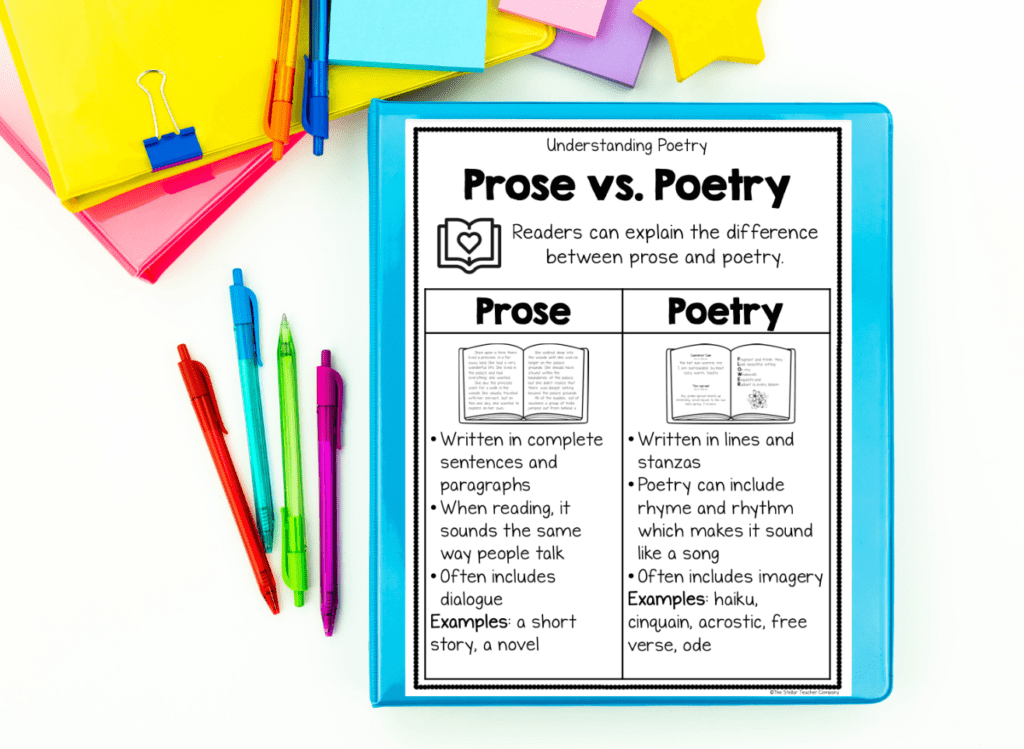
Phonological Awareness
Phonological awareness involves having an awareness of all the levels within the sound system. Poetry can be used to help students identify and distinguish between words within a sentence, rhyming units within a word, and syllables.
One way to incorporate phonological awareness activities into your poetry lessons is by having students identify the rhyme scheme of a poem. For example, students can identify the AABA rhyme scheme in Robert Frost’s poem, “Stopping by Woods on a Snowy Evening.” Then, they can orally produce more words that end in the long o sound, which is the pattern in the poem.
Another activity that can help develop phonological awareness is an oral word ladder. Students are given a word in the poem, and then they make changes or substitutions to that word to produce new words.
For instance, students could start with the word “snow” and change the “sn” to “bl” to get “blow.” They could then change the “bl” to “gr” to get “grow,” and finally change the “ow” to “ip” to get “grip.” This activity helps students develop fluency with isolated sounds and see connections between sounds and words.
Phonics
Phonics refers to the relationship between letters in the written language and the individual sounds in the spoken language the letters represent. Poetry can be used to help students understand this relationship.
One activity that can help develop phonics skills is to use the rhyme scheme within the poem and expand that word family. Students can write down the words that are part of the rhyme scheme and sort and categorize them into word families.
Another activity that can help develop phonics skills is a syllable hunt/sort. Students can use the poem to search for all the different syllable types and see if they are represented in the poem. Students can select ten words from the poem and break down those words into syllables.
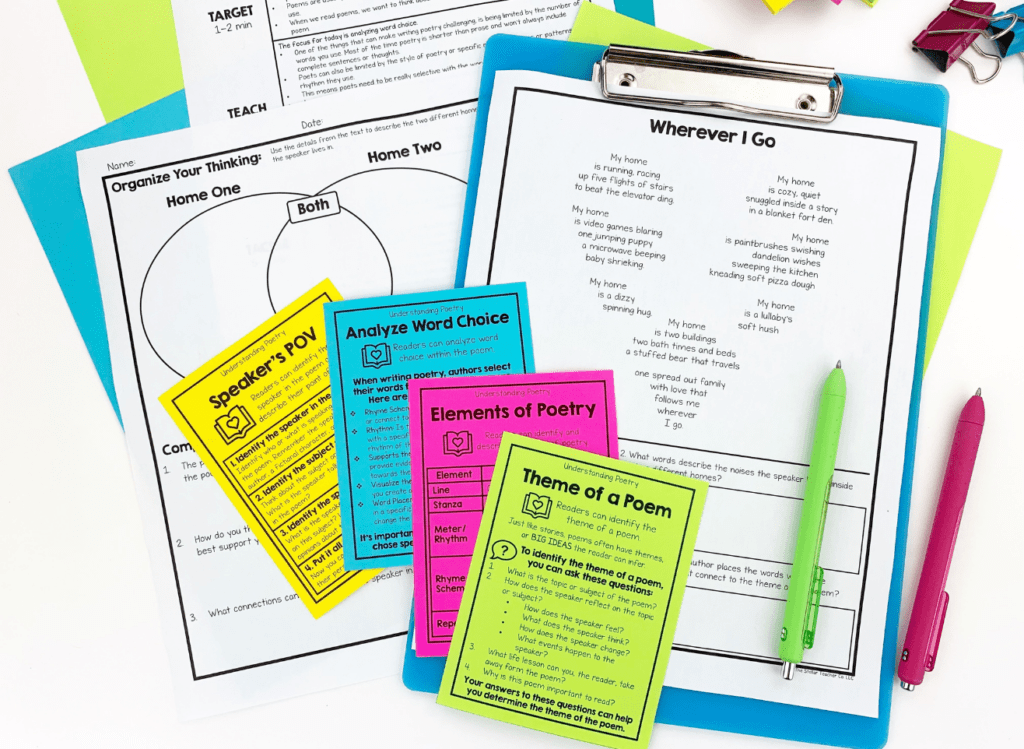
Fluency
Fluency involves the ability to read with accuracy, speed, and expression. Poetry can be used to help students develop fluency skills.
One activity that can help develop fluency skills is choral reading. Choral reading is when a group of students read a poem aloud together. This activity allows students to hear themselves and their classmates read the poem with expression and rhythm.
Additionally, performing poetry can also help develop fluency skills. Students can perform poems individually or in groups. This activity encourages students to pay attention to the rhythm and meter of the poem and to read with expression.
Vocabulary
Vocabulary involves knowing the meaning of words. Poetry can be used to help students develop vocabulary skills.
To enhance their vocabulary, students can engage in various activities such as hunting for roots, affixes, and suffixes. For instance, they can search through a poem and identify words that contain a specific prefix or suffix, or use their knowledge of affixes to determine the meaning of a word.
Another useful technique is using context clues to decipher the meaning of unfamiliar words. Poems are often full of descriptive language, synonyms, and antonyms which makes them great examples for students to practice using context clues.
Additionally, students can explore imagery and figurative language to further develop their vocabulary. By engaging in these activities, students can improve their language skills and become more proficient communicators.
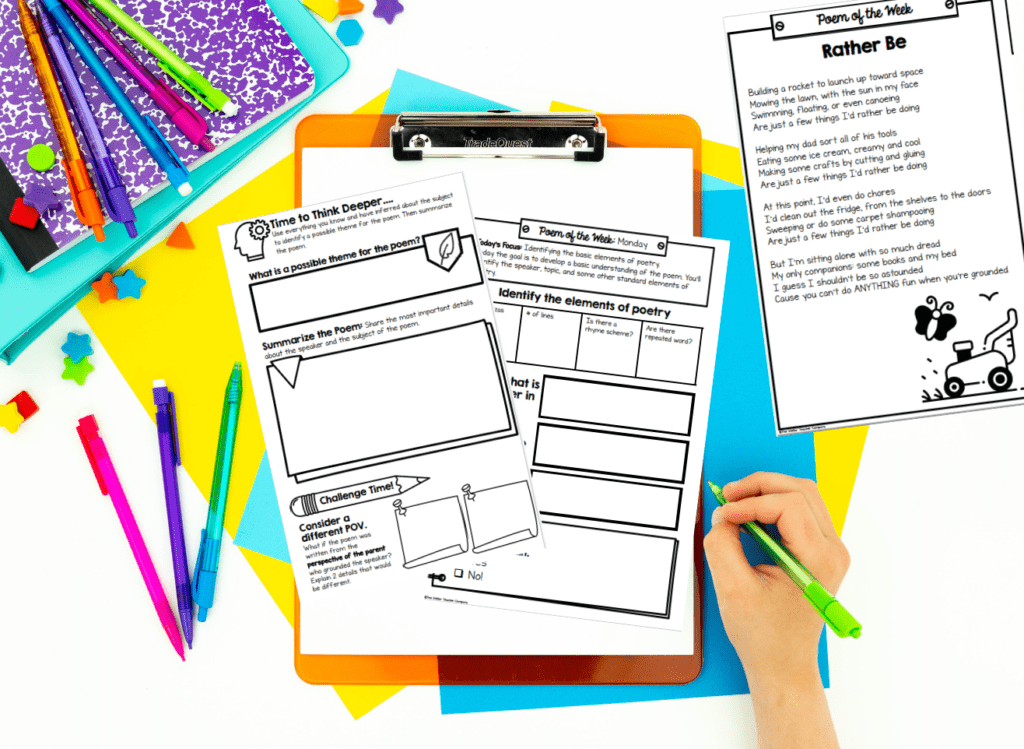
Comprehension
Comprehension is the ultimate goal and culmination of all the other pillars of reading. It happens when students can derive meaning and understanding from a written text.
To achieve comprehension, students can participate in various activities:
- Sequence the events in the poem.
- Identify the speaker & their point of view
- Summarize the poem
Another useful technique is to use paired texts, where students find a nonfiction text on the same topic or a fiction text with a similar theme as a poem and compare and contrast the two. This technique can help students prepare for end-of-year tests that often have questions related to paired texts. However, you do not need a practice test to expose their students to paired texts. You can find an article on the same topic as the poem on platforms like NEWSELA or Time for Kids. By engaging in these activities, students can enhance their comprehension skills and become better readers.
Sentence Writing Routine Free Sample
If your students struggle to write at the sentence level, this new literacy routine is going to be your new best friend. Each day of the week your students will engage in a quick (yet effective) sentence writing task that will help them become more confident and creative writers. Say goodbye to fragments and boring sentences, and say hello to complex sentences with lots of details!
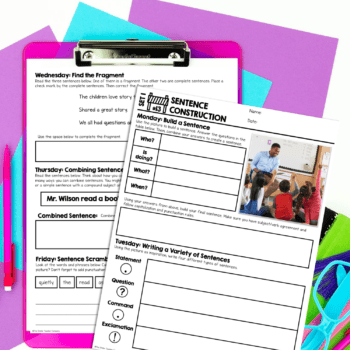
None of these activities need to take a long time and can be done whole group, small group, or independently.
I think we often treat poetry as if it is this entirely different genre and we only focus on it during National Poetry Month in April… or during test prep season… but as you can see, poetry is a fabulous genre that is filled with so many opportunities to reinforce and build our student’s reading foundation in all five pillars of reading.
If you are looking for some super easy poetry resources, check out a few of my resources linked at the bottom of this post! And don’t forget to download the Poem of the Week freebie to get started with some of these activities right away.
Think about your next steps…
- Check out Episode #128 to learn more about how to unleash the power of the Big Five through poetry.
- Join us inside The Stellar Literacy Collective, where you will get access to a resource library filled with reading and writing resources that you can use to help your students become more confident readers, including additional versions of the Poem of the Week routine.
Happy Teaching!


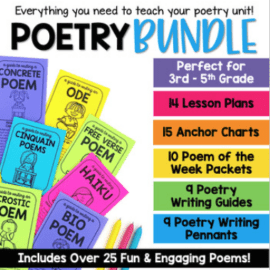
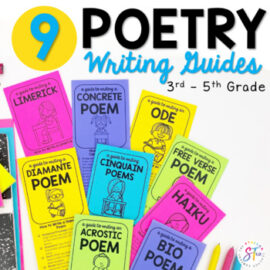
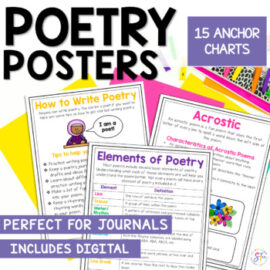
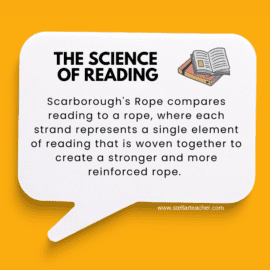
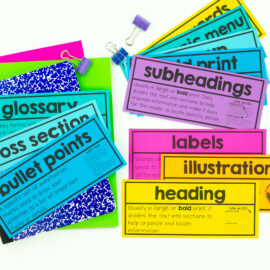
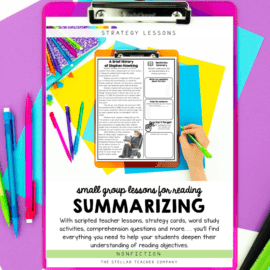









Leave a Comment
You must be logged in to post a comment.